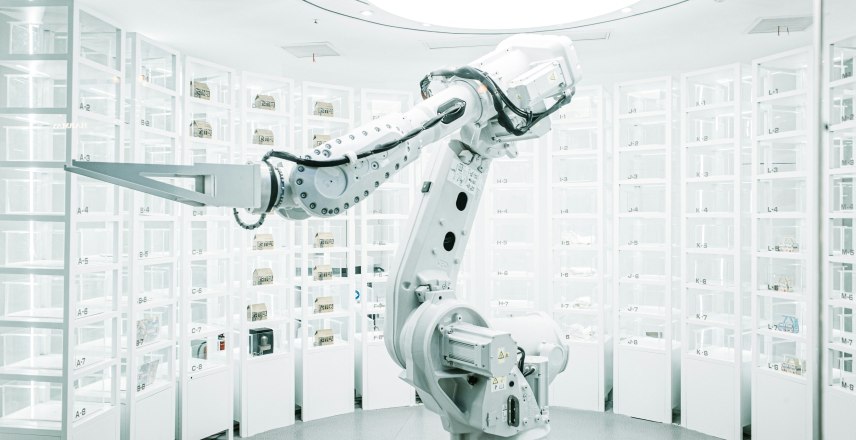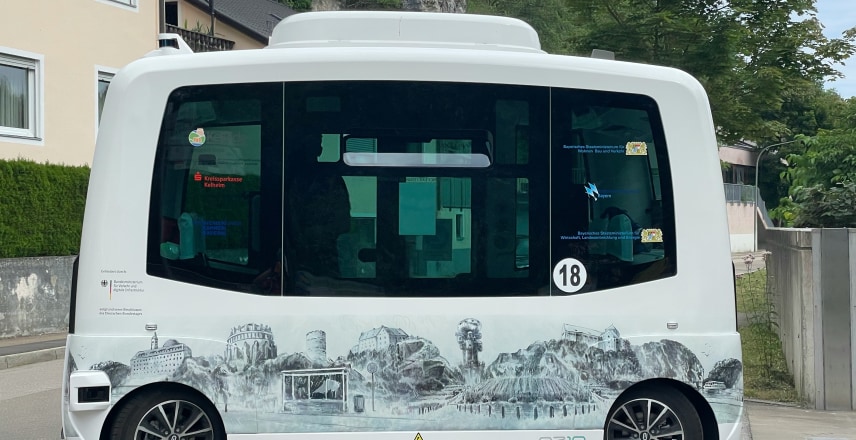Summary
Understanding AI in Today’s World
AI, or Artificial Intelligence, is a transformative technology that simulates human intelligence processes using machines. This enables computers to perform tasks typically requiring human intelligence, such as problem-solving, learning, and decision-making. In the context of businesses, AI is revolutionizing industries by automating processes, enhancing productivity, and enabling more informed decision-making. This technology encompasses various subfields, including machine learning, natural language processing, and robotics, among others.
Machine Learning:
Machine learning is a subset of AI that enables machines to learn from data and improve their performance without explicit programming. Think of it as a student learning from examples – the more data (or examples) it’s exposed to, the better it becomes at recognizing patterns and making predictions. For instance, in healthcare, machine learning algorithms analyze patient data to predict diseases or suggest personalized treatments, such as predicting the likelihood of heart disease based on patient history and symptoms.
Natural Language Processing (NLP):
NLP focuses on enabling machines to understand, interpret, and generate human language. Just as humans communicate through speech and text, NLP allows computers to understand and respond to natural language inputs. An excellent example is voice assistants like Siri or Alexa, which understand spoken language commands to perform tasks like setting reminders or answering queries. NLP also powers language translation services and sentiment analysis in social media.
Robotics:
Robotics in AI involves designing, constructing, and programming robots to perform various tasks autonomously or with human assistance. It’s like creating intelligent machines that mimic human actions and behaviors. For instance, in manufacturing, robots equipped with AI can automate assembly lines, improving efficiency and precision. Similarly, in healthcare, surgical robots assist surgeons in performing intricate procedures with greater accuracy.
Responsible Implementation of AI
As AI continues to evolve and integrate into various aspects of our lives, ensuring its responsible and ethical use becomes paramount. Responsible AI refers to implementing AI systems that align with ethical and moral principles, avoiding biases and potential harm to individuals or society.
Ethical Considerations:
Ethical considerations in AI involve addressing biases and ensuring fairness in AI algorithms. Biases can inadvertently be embedded in AI systems due to skewed training data, leading to discriminatory outcomes. For instance, in hiring processes, if historical biased data is used to train AI models, they might perpetuate biases against certain demographics. Responsible AI practices aim to mitigate these biases and promote fairness.
Legal Frameworks and Regulations:
To govern the ethical use of AI, various legal frameworks and regulations are emerging worldwide. The EU’s Ai Act is a prime example, proposing laws to regulate AI use cases and mitigate associated risks. This act aims to establish a baseline standard for ethical AI, ensuring accountability and transparency in AI systems’ deployment and operation.
Transparency and Accountability:
Implementing AI with transparency involves making the decision-making process of AI systems understandable and interpretable to users. This fosters trust and allows for better understanding of AI-generated outcomes. Accountability in AI involves assigning responsibility for AI decisions and actions, ensuring that there are mechanisms in place to address any unintended consequences or errors that may arise from AI systems.
Leveraging AI for Business Growth
Businesses are increasingly leveraging AI to drive growth, enhance efficiency, and gain a competitive edge. Implementing AI strategically involves collaboration between Business and IT teams, ensuring alignment with business objectives while harnessing the full potential of AI technologies.
Strategic AI Adoption:
Strategic AI adoption involves identifying how AI can address specific business needs and goals. This requires collaboration between business leaders and IT experts to understand which AI applications align with business objectives. For instance, in e-commerce, AI-powered recommendation engines analyze customer data to suggest personalized products, enhancing the shopping experience and boosting sales.
Holistic AI Integration:
Integrating AI across various organizational functions allows businesses to harness its potential comprehensively. From streamlining operations to improving customer experiences, holistic AI integration involves deploying AI solutions across departments. An example is AI-powered chatbots used in customer service, providing immediate assistance to customers and freeing up human agents to handle more complex inquiries.
Measurable Impact and Results:
Businesses need to measure the impact of AI implementation on key performance indicators (KPIs). Tracking metrics like cost savings, increased efficiency, or enhanced customer satisfaction provides tangible evidence of AI’s value. For instance, in marketing, AI-driven analytics tools track and analyze customer engagement metrics, helping businesses understand consumer behavior and optimize marketing strategies accordingly.
AI’s Impact on Organizational Efficiency
AI’s integration into organizations significantly influences their operational efficiency and output. Understanding AI’s capabilities and limitations is crucial to harness its potential effectively.
Enhanced Task Automation:
AI-driven automation streamlines repetitive tasks, enabling teams to focus on higher-value activities. For instance, in finance, AI-powered software automates invoice processing, reducing manual errors and accelerating the payment cycle.
Decision-Making and Insights:
AI provides data-driven insights that aid in making informed decisions. For example, in retail, AI-powered predictive analytics analyze customer behavior to forecast demand, optimizing inventory management and reducing costs.
Continuous Learning and Adaptation:
AI systems continuously learn from new data, adapting and improving over time. In cybersecurity, AI-based threat detection systems learn from emerging threats, enhancing security measures to prevent cyber attacks.















